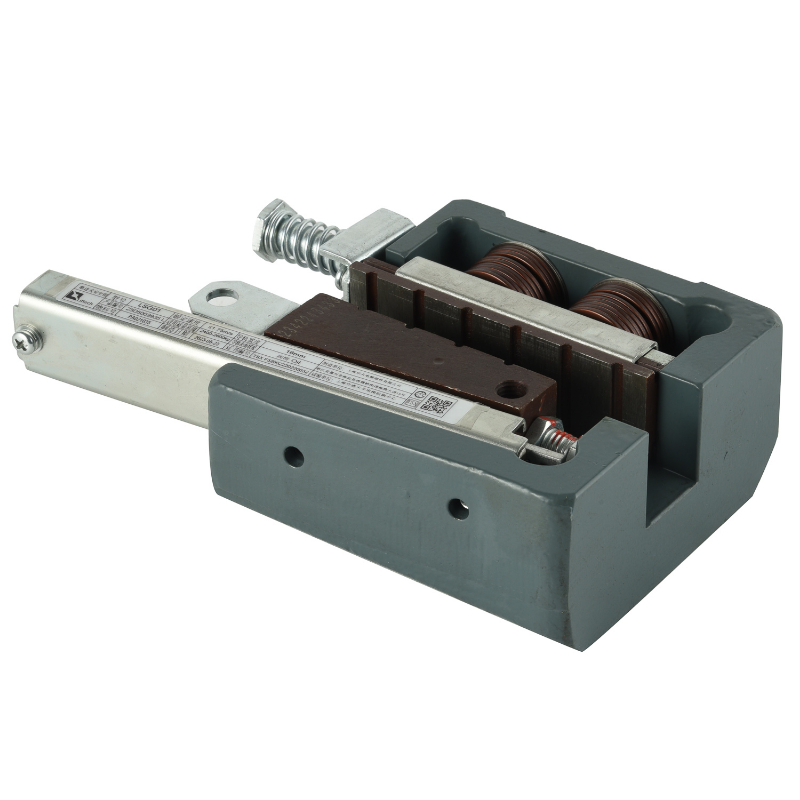Views: 68 Author: Site Editor Publish Time: 2024-10-12 Origin: Site
When it comes to elevators, safety is paramount. The term "safety gear" encompasses a range of mechanisms and components designed to protect passengers and ensure the smooth operation of the elevator. In this article, we will delve into the essential safety gear found in elevators, exploring how these components work together to create a secure environment for users. By understanding the intricacies of elevator safety systems, building owners and managers can make informed decisions about maintenance and upgrades.

Safety gear in elevators plays a crucial role in preventing accidents and ensuring reliable operation. These systems are designed not only to protect passengers but also to maintain the integrity of the elevator itself. One of the most critical components of elevator safety gear is the safety brake system. This mechanism activates during emergencies, such as sudden power failures or cable breaks, to halt the car's descent and prevent catastrophic falls.
Another vital element is the governor, a device that monitors the speed of the elevator. If the elevator exceeds a predetermined speed, the governor triggers the safety brake, bringing the elevator to a controlled stop. This dual approach—combining brakes and speed regulation—ensures that elevators remain safe even in unforeseen circumstances. The collaboration between these safety gear components underscores the importance of regular inspections and maintenance to ensure their functionality.
Elevator safety gear comprises various mechanisms that work in unison to safeguard passengers. The most recognized feature is the safety brake, which functions by gripping the guide rails when activated. This system is typically engaged when there is an emergency, ensuring that the elevator car remains stationary until the issue is resolved. Regular maintenance checks are essential for these brakes to function correctly; any wear and tear can compromise their effectiveness.
In addition to safety brakes, modern elevators are equipped with shock absorbers. These devices are designed to cushion the elevator car's landing, particularly during emergencies or unexpected stops. By absorbing the impact, shock absorbers help prevent injury to passengers and damage to the elevator structure. Understanding the function of these components can help building managers appreciate the complexity of elevator safety systems and the importance of investing in high-quality equipment.
Elevator safety gear must comply with stringent industry standards and regulations. Organizations such as the American Society of Mechanical Engineers (ASME) set guidelines that govern the design, installation, and maintenance of elevators. Compliance with these standards is not merely a legal obligation but a commitment to ensuring the safety of all users.
Elevators are required to undergo regular inspections to confirm that all safety gear is functioning correctly. These inspections not only assess the physical condition of the components but also ensure that they meet the latest safety standards. Building owners should prioritize working with certified professionals who understand the intricacies of elevator safety gear and compliance requirements. By adhering to these standards, owners can minimize liability risks and enhance the safety of their buildings.
In summary, the safety gear present in elevators is vital for ensuring the safe transportation of passengers. From safety brakes to governors and shock absorbers, each component plays a crucial role in maintaining elevator safety. Understanding these systems enables building owners to make informed decisions regarding maintenance and upgrades, ensuring compliance with industry standards.
As elevators continue to evolve with advancements in technology, staying informed about the latest safety gear developments is essential. Investing in high-quality safety mechanisms not only protects users but also enhances the overall efficiency and reliability of the elevator system. For anyone involved in the management or ownership of buildings with elevators, prioritizing safety gear is an investment in peace of mind and a commitment to providing a secure environment for all.